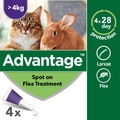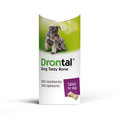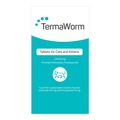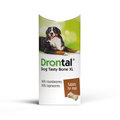As the weather warms up and the spring grass is growing laminitis is a serious concern for many horse, pony and donkey owners at this time of year.
What is laminitis?
Laminitis is essentially inflammation of the laminae in the foot that interlock to suspend the pedal bone in the hoof capsule. This inflammation causes damage to the laminae leading to instability of the pedal bone in the hoof and often severe pain. Once a horse has had an episode of laminitis, they are particularly susceptible to future episodes which is why prevention is so important.
What causes laminitis?
1. Overfeeding- laminitis is common in overweight, often native breed, ponies particularly in the Spring when the sugar (soluble carbohydrate) content increases in the grass. When consumed in large quantities toxins are released from the gut affecting blood flow to the laminae of the foot.
2. Endocrine disease- Cushings Disease and Equine Metabolic Syndrome (EMS). The hormone insulin appears to be important in laminitis associated with endocrine disorders.
3. Diseases causing systemic (full body) inflammation- e.g. colic, retained placenta, septicaemia.
4. Mechanical overload- due to increased weight bearing on one limb as the result of injury to the opposite leg.
5. Concussion- as a result of too much work on hard ground.
6. Obesity- excess fat not only puts horses at high risk of developing EMS but puts extra strain on the horses limbs.
What are the signs of acute laminitis?
-
Lameness most commonly in the forelimbs though all four limbs can be affected.
-
Leaning back onto the heels to take the weight off the painful toe area.
-
Heat in the feet.
-
Increased digital pulses.
-
Shifting weight between feet.
-
Lying down.
What to do if you suspect your horse has laminitis?
Call your vet as soon as possible. Bring the horse off the grass into a stable or small pen with deep bedding. Feed only hay (ideally soaked) and provide fresh water.
Once the vet arrives they are likely to provide pain relief such as bute and frog supports. They may suggest taking x-rays of the feet to assess if the pedal bone has sunk or rotated. Blood tests may be performed in cases where an underlying endocrine disease is suspected.
How to prevent laminitis?
Ongoing dietary management is essential. Feed predominantly hay at 1.5% of the horses bodyweight. A low calorie balancer such as TopSpec Antilam can be given to provide essential nutrients to horses and ponies on a restricted diet:
- Restrict grazing.
Once the horse has recovered maintain an exercise programme to prevent obesity.
- Regular farriery to ensure the feet are in the best possible condition.
- Treat any underlying endocrine disease.
Written by: Dr. Sophie Meers BVSc MRCVS








